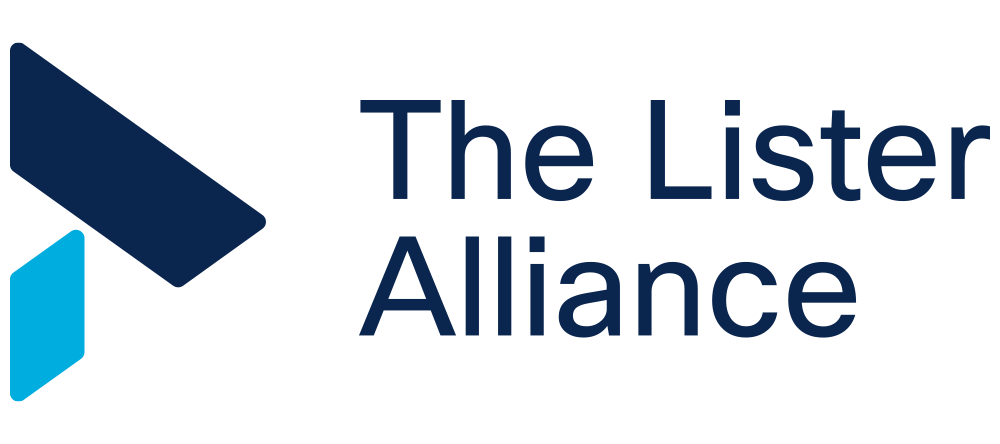7 Ways RTLS Technology Elevates Patient Safety in Modern Healthcare
Empowering Patient Safety with Real-Time Location Systems
Patient safety is a non-negotiable priority in today’s dynamic healthcare landscape. Embracing cutting-edge technologies like Real-Time Location Systems (RTLS) not only safeguards patient well-being but also streamlines operations, reduces costs, and boosts staff satisfaction.
RTLS is proving to be an indispensable solution for addressing some of the most pressing safety challenges—ranging from medication accuracy to infection control. Here’s how this smart technology is revolutionizing patient care.
1. Smart Patient Rooms: The Future of Care Delivery
RTLS-enabled nurse badges and digital patient room displays enhance transparency and accountability in medication administration. When a nurse enters a patient’s room, the system logs the visit and records details like time and staff identity. This data is simultaneously displayed on in-room digital boards, giving both patients and care teams real-time confirmation.
If a medication dose is missed or delayed, the system automatically alerts the care team—minimizing human error, ensuring timely treatment, and reinforcing trust between patients and providers.
2. Preventing Patient Elopement
For patients at risk of wandering or elopement—such as those with dementia or behavioral health conditions—RTLS offers a vital layer of protection. Real-time tracking alerts staff if a high-risk patient approaches a restricted or unauthorized area.
These systems can also integrate with automated door-locking mechanisms, instantly securing exits to prevent unsafe departures and maintaining a safe environment within the facility.
3. Rapid Emergency Response
Speed saves lives, especially during emergencies like cardiac events or accidental falls. RTLS empowers healthcare teams to respond faster by pinpointing the exact location of patients, caregivers, and essential equipment at any moment.
By shaving precious seconds off emergency response times, RTLS technology becomes a life-saving ally in critical care scenarios.
4. Equipment Tracking & Maintenance
RTLS transforms equipment management by providing instant visibility into the location and status of life-saving devices—such as defibrillators, infusion pumps, and ventilators.
It also supports predictive maintenance by tracking usage patterns and notifying technicians when service is due. This proactive oversight minimizes equipment downtime and ensures reliability during patient care.
5. Infection Control & Contact Tracing
RTLS plays a pivotal role in infection prevention by enabling precise contact tracing. If a staff member is exposed to or diagnosed with an infectious illness, RTLS data can identify everyone who came into contact with them, isolate affected zones, and trigger disinfection protocols immediately.
Integration with hand hygiene compliance tools further enhances infection control, reminding clinical staff to sanitize hands based on room entry/exit—without relying on manual intervention.
6. Ensuring Compliance with Safety Protocols
RTLS helps healthcare organizations enforce and audit compliance with safety protocols. By continuously monitoring interactions, equipment usage, and care timelines, it flags deviations—such as missed treatments or improper device handling—before they become systemic issues.
Administrators can use this real-time data to assess performance, identify bottlenecks, and refine workflows to support a safer, more compliant environment.
7. Streamlined Patient Flow
Efficient patient flow is essential for timely care and safety. RTLS tracks patient movement from admission to discharge, enabling teams to reduce delays, avoid bottlenecks, and maintain safe capacity levels.
With the help of AI-driven insights, healthcare providers can analyze trends, optimize resource allocation, and ensure patients receive the right care at the right time—all while reducing wait times and overcrowding.
RTLS: Building a Safer, Smarter Healthcare System
RTLS is more than just a tracking tool—it’s a foundational element in modern healthcare safety strategies. By improving communication, enhancing responsiveness, and ensuring protocol compliance, RTLS helps create a safer, more efficient care environment.
Empower your healthcare team with RTLS and transform patient safety from a goal into a guaranteed outcome.
